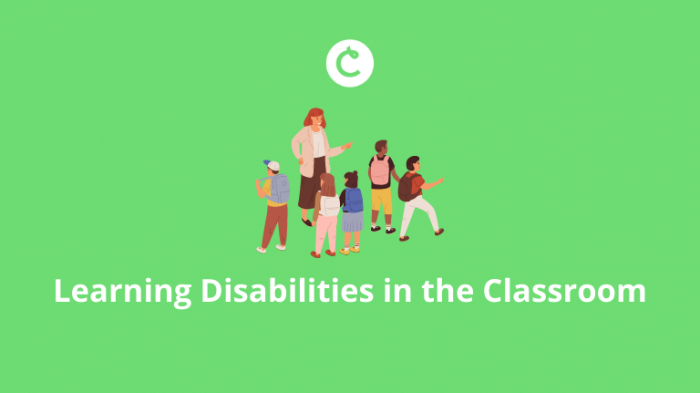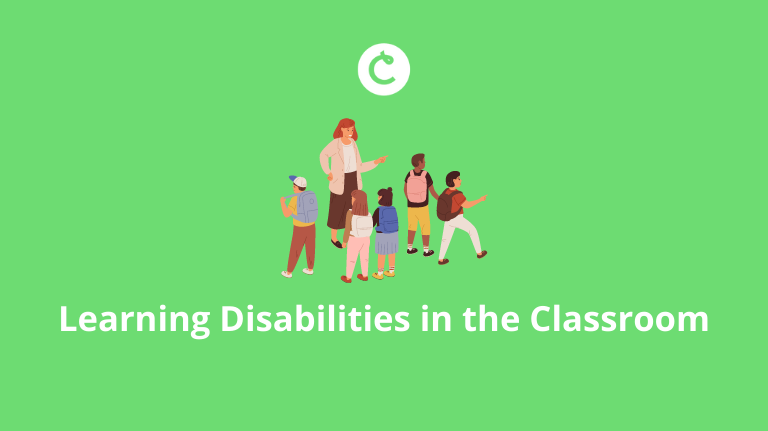Learning Disabilities in the Classroom

What are learning disabilities?
Learning disabilities are neurological disorders; they are parts of the brain that cause the way a person thinks, reads, processes, and problem-solves to be different (LD Online, 2021). There are many different kinds of learning disabilities that will cause students to fall behind if they are forced to learn in a conventional way. These disabilities include but are not limited to dyslexia, dyscalculia, dysgraphia, nonverbal learning disabilities, and audio and visual processing disorders. Students with learning disabilities can do all the things that a “regular” student can do; still, they may require additional guidance, resources, or support.
Why early diagnosis is needed
When learning disabilities are recognized early in a student’s life, it is easier to get them diagnosed and to get them the proper support. This early diagnosis is critical for young students, so they do not fall behind early, and therefore spend their entire school career just trying to catch up. Seeking help and recognizing these differences in learning can mean the difference between success and failure for a student.
Intervention and Aid: What to do to help
Learning disabilities do not go away and cannot be reversed or changed, and they are something a student will have to work with their whole life. With the proper support and intervention, however, children with learning disabilities can succeed in school and in distinguished careers later in life (LD Online, 2021). This means that early on, students must receive aid that guides them to learn about their capabilities and figure out the best way for them to learn and complete tasks individually. This could be individual sessions with teachers or specialists during classes, after school, or in free time to get a better grasp on a confusing concept; this could be to work on reading, writing, math, or even working to practice shapes and spatial awareness. Students will begin to discover and harness their strengths so that they can become confident and know what they excel at in the classroom.
Classtime works to help students do this while in the classroom. With Classtime teachers can upload an audio or video recording that can help students with difficulty reading, writing, or spelling to understand their assignment and questions more. Teachers can also upload images as answer types rather than words or letters, which can benefit students with different abilities.
Social Skills and Disabilities
Students with learning disabilities typically receive specialized or additional help which is beneficial for their education, but this sometimes includes removing students from their peers, making them feel like an outsider. Collaboration with classmates is an essential aspect of every student’s learning experience because it promotes social interaction and growth and creates a space for students to grow and adapt alongside their peers.
“A student must learn how to act with their peers socially because this cannot be supplemented for. Spelling, reading, math, and other subjects have easy fixes, while social skills and interactions with others cannot be supplemented.” (Richard Lavoie, 1994).
How can Classtime help?
Classtime can help these students and teachers with:
- The use of Collaborative Challenges
- Save time grading so teachers can help students that need additional help
- Utilizing and combining text, audio, images, and video for different learners
- Giving the ability to easily create different types of sessions from the same Question Sets

